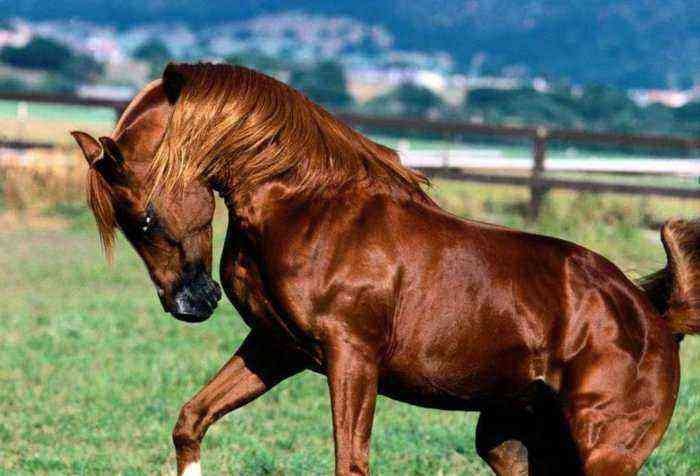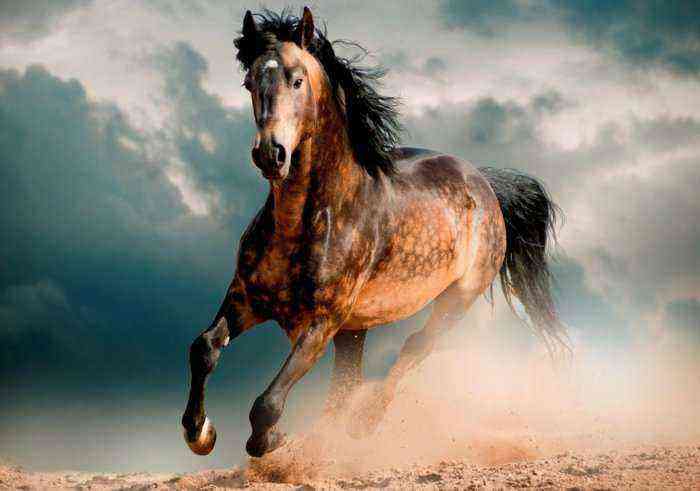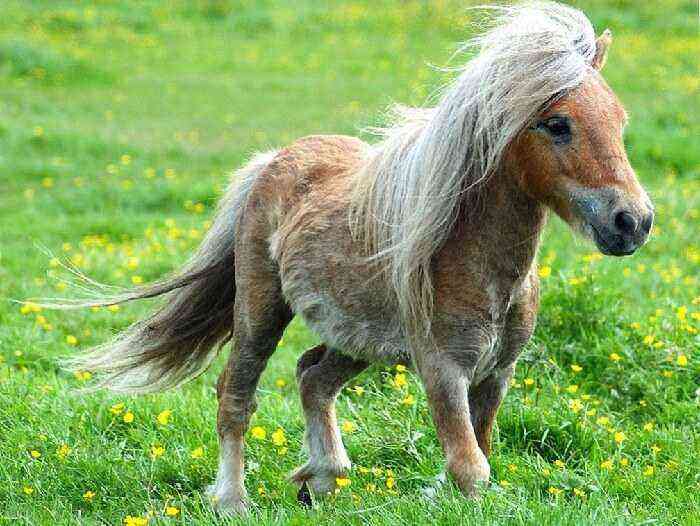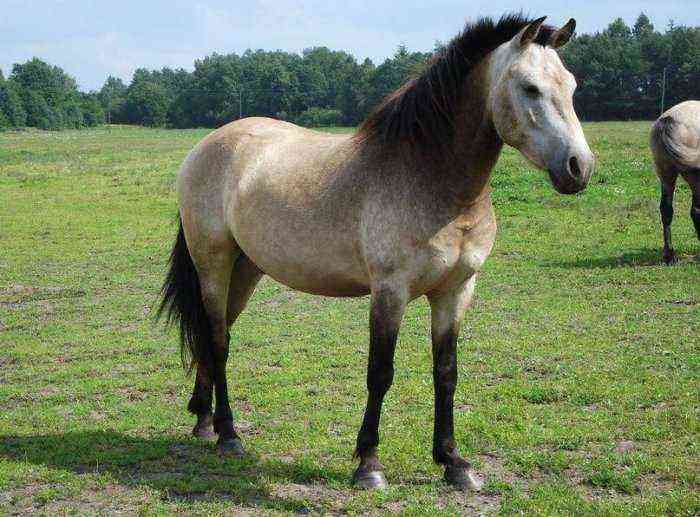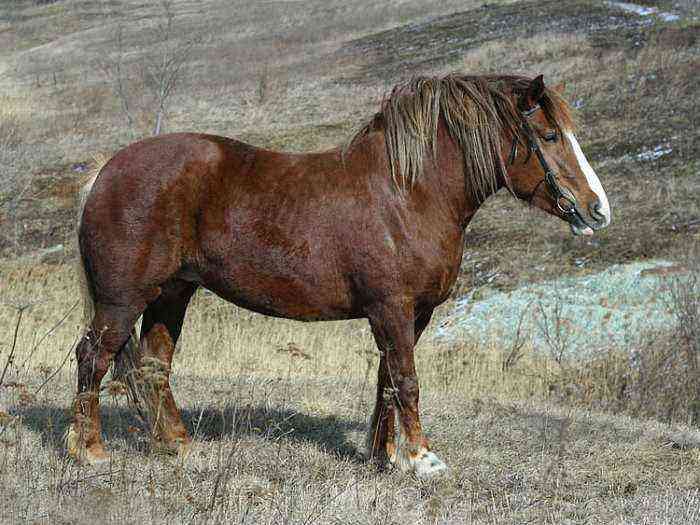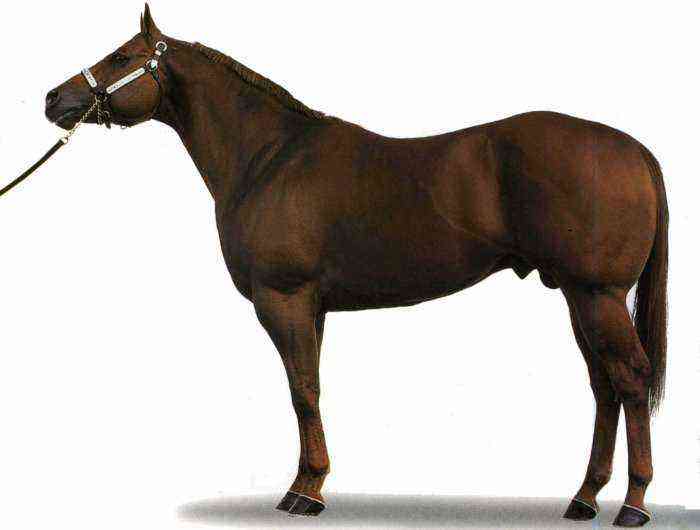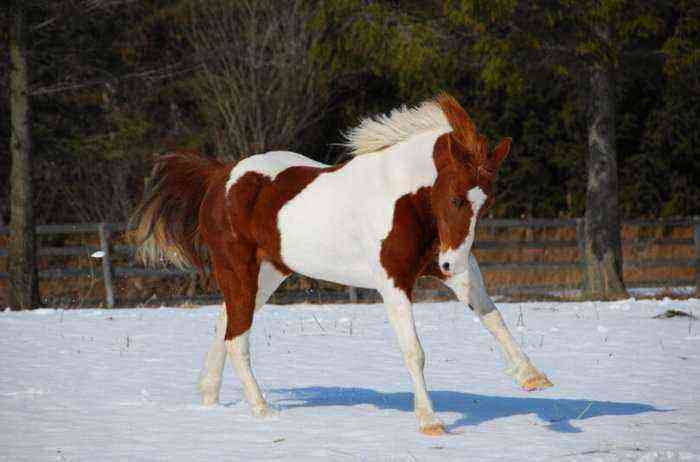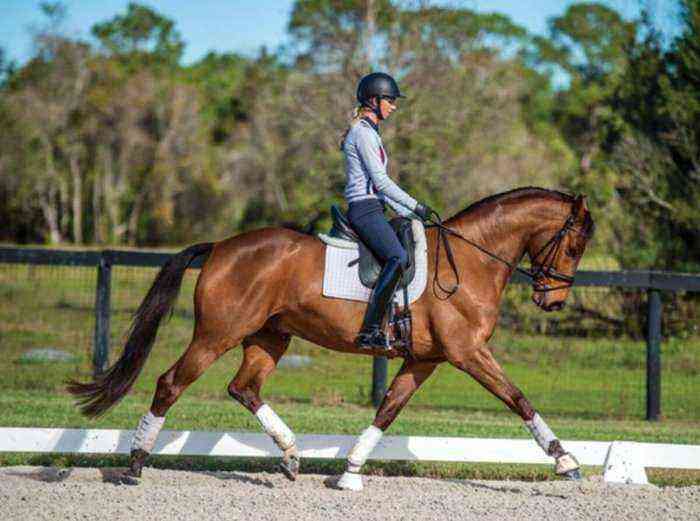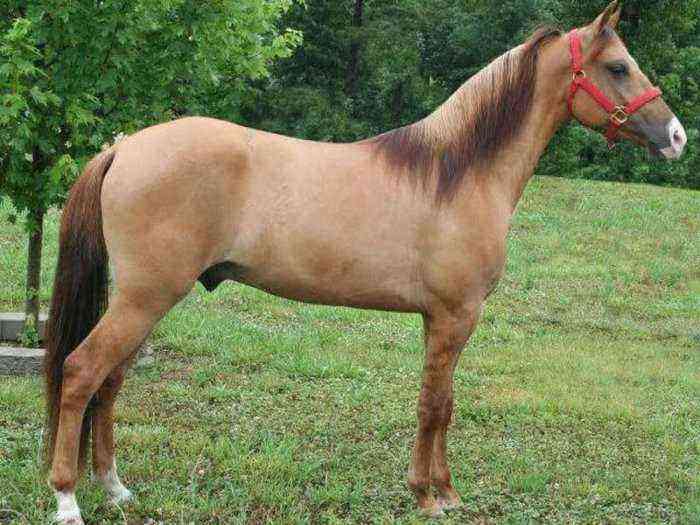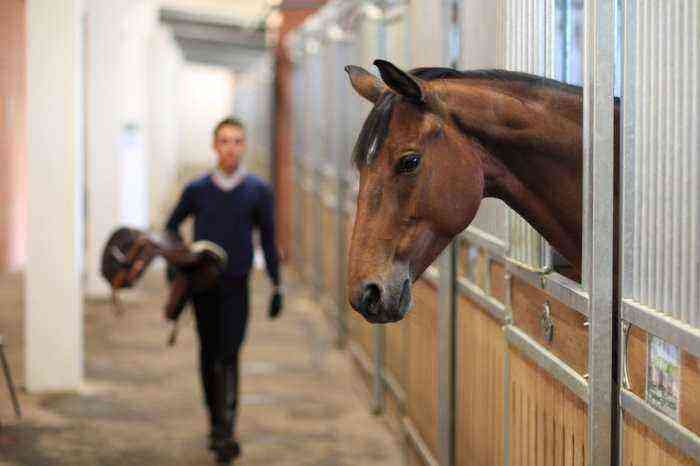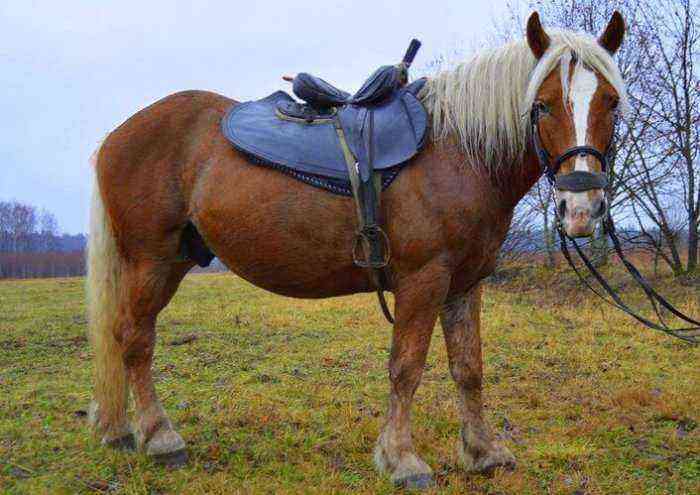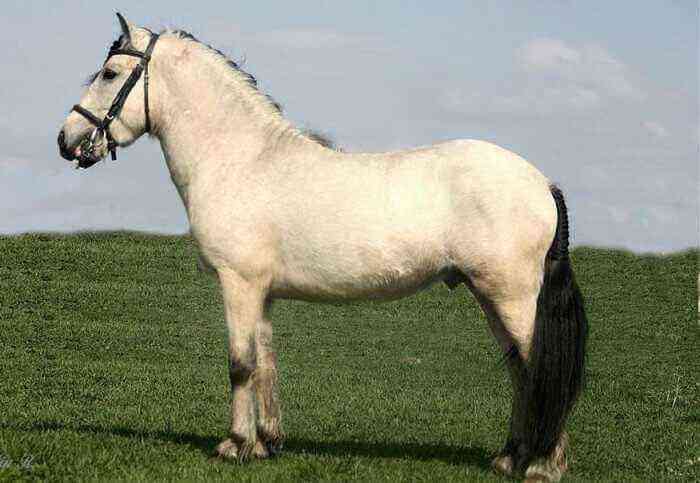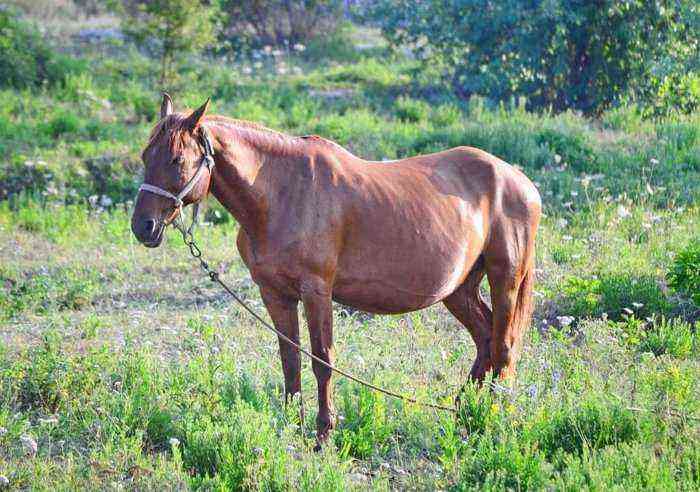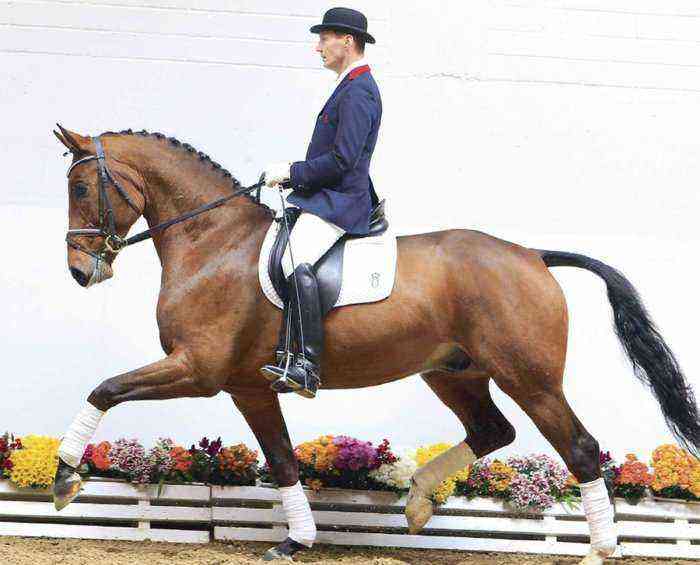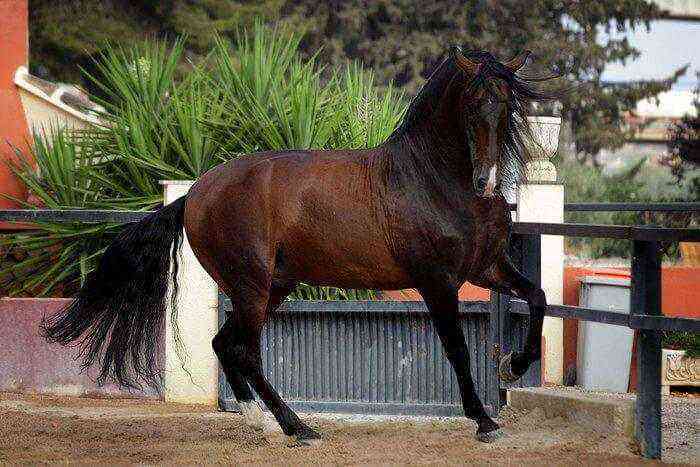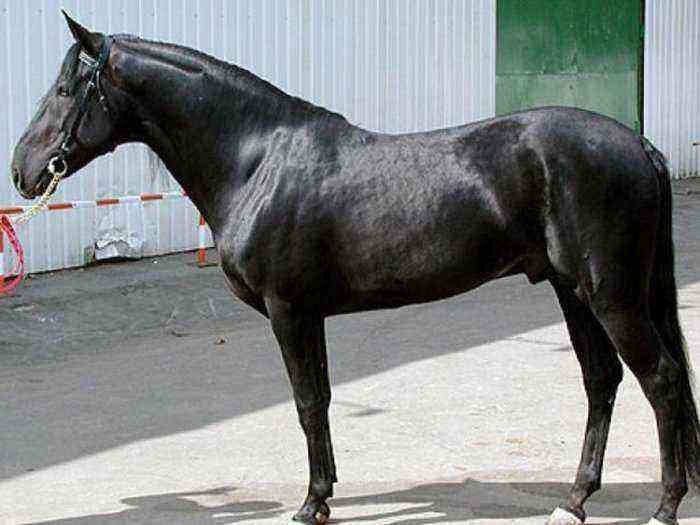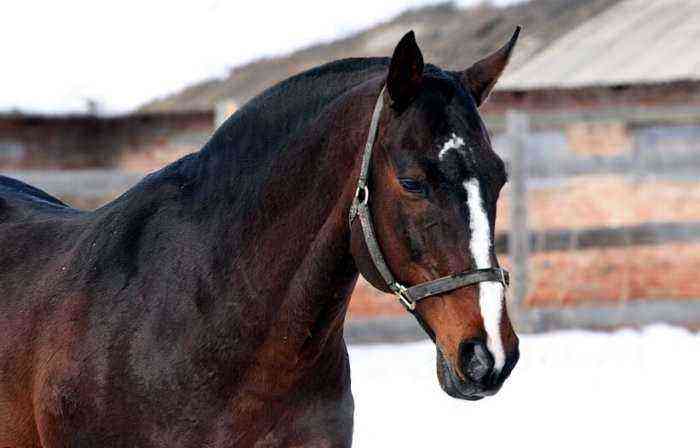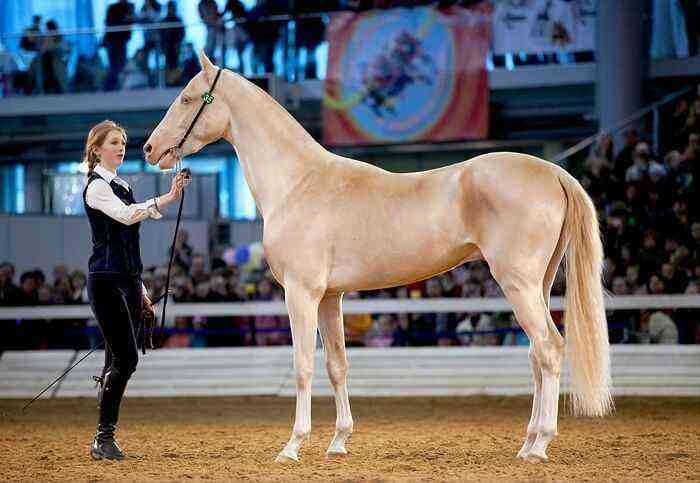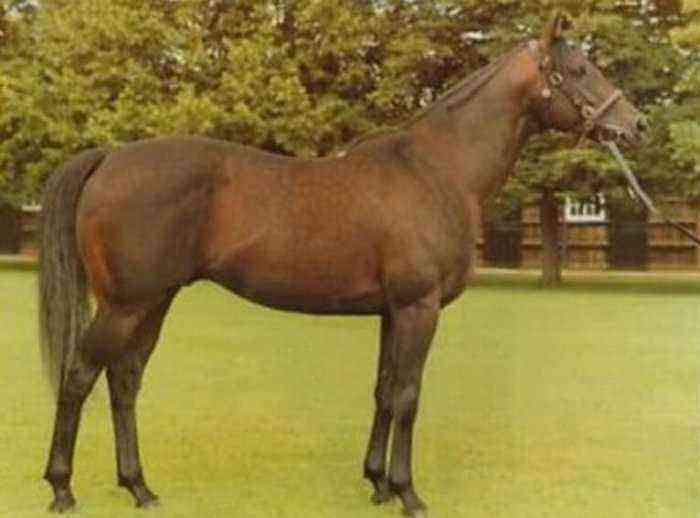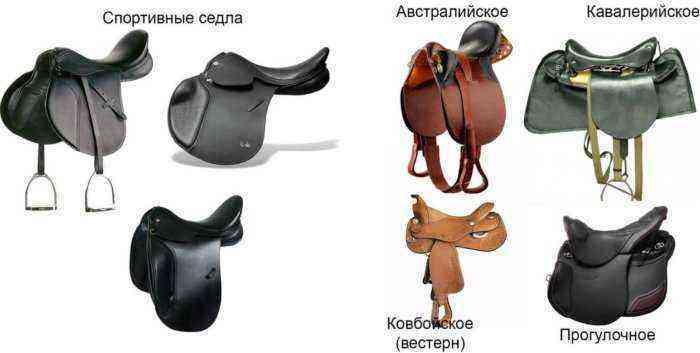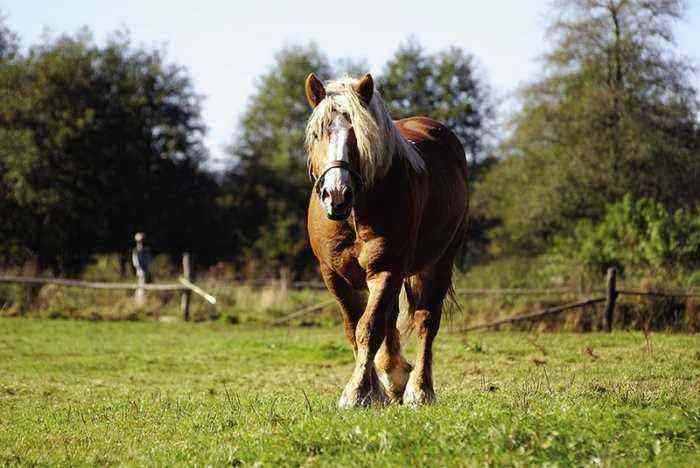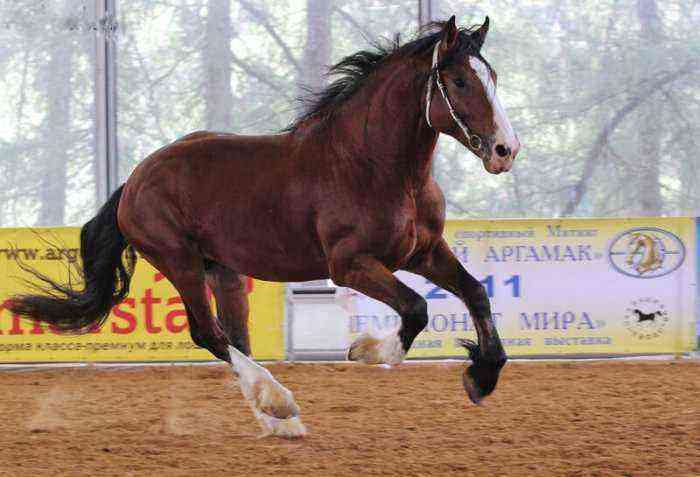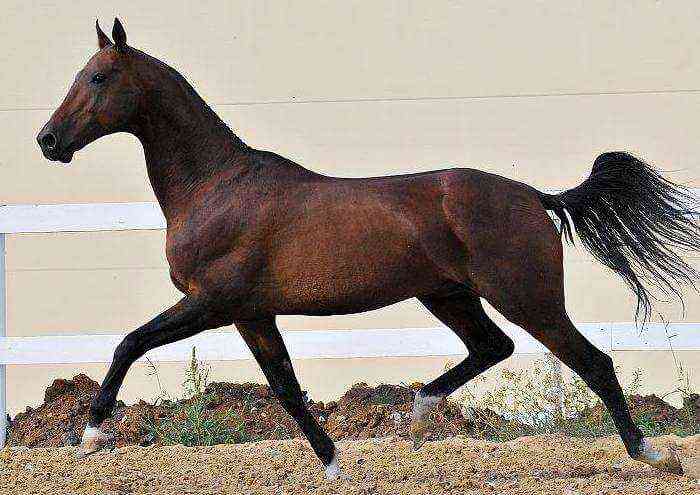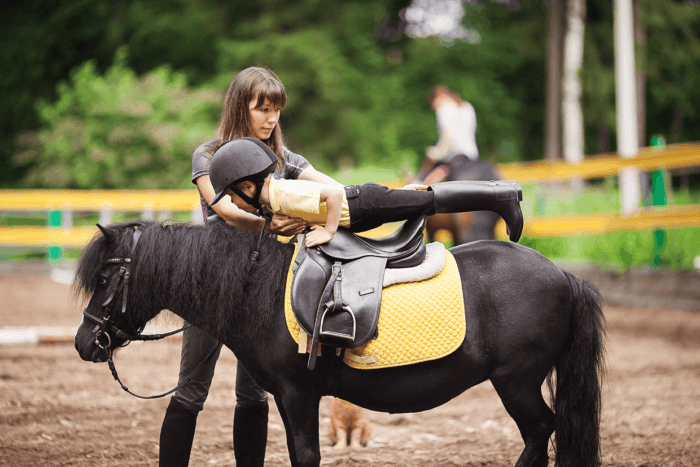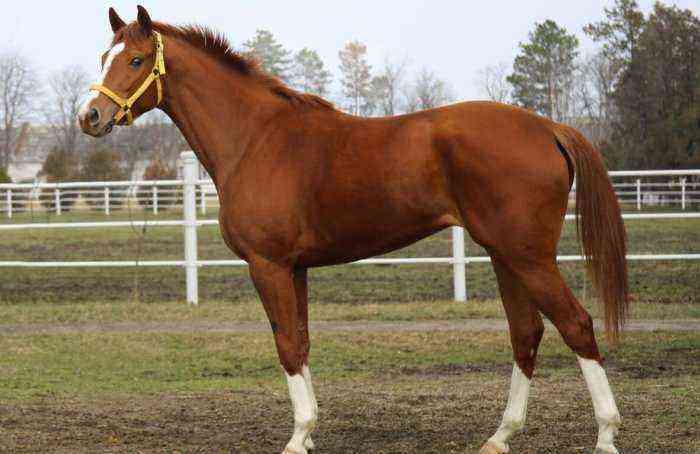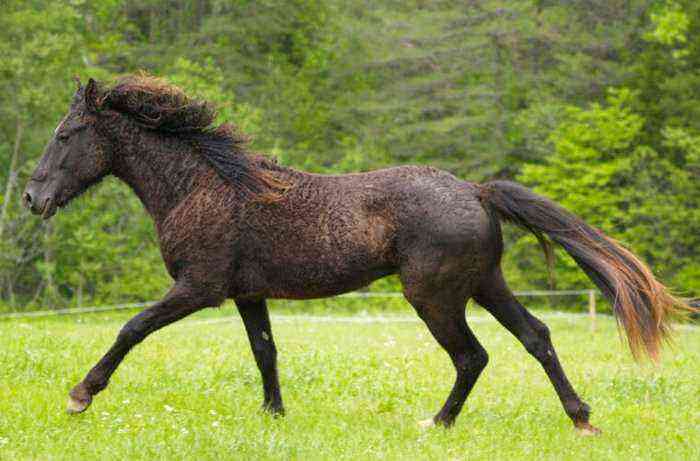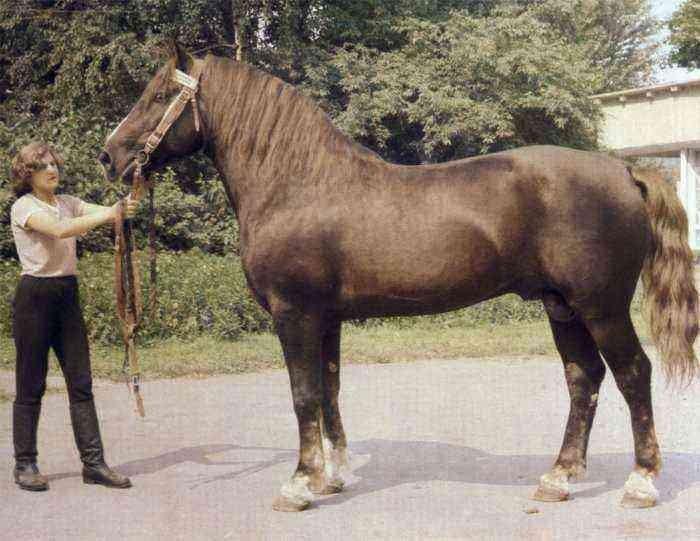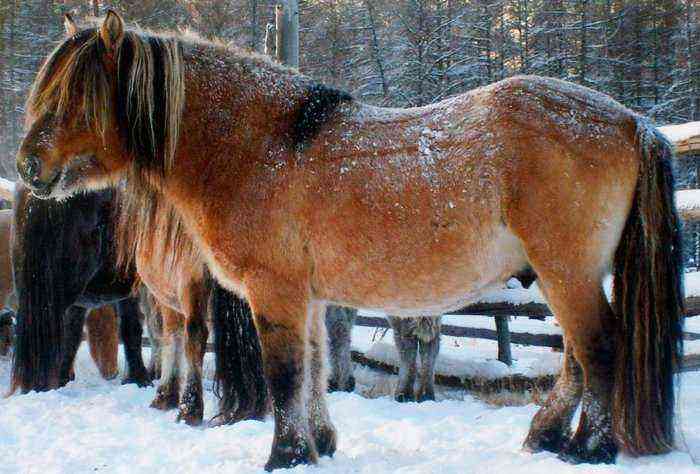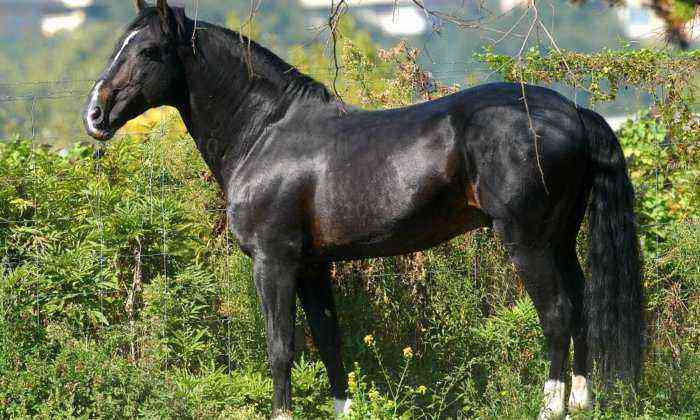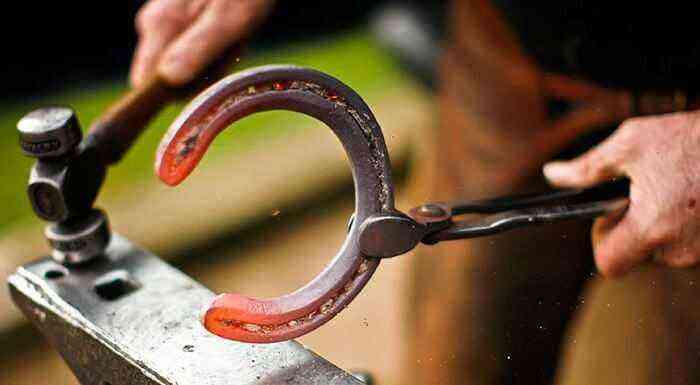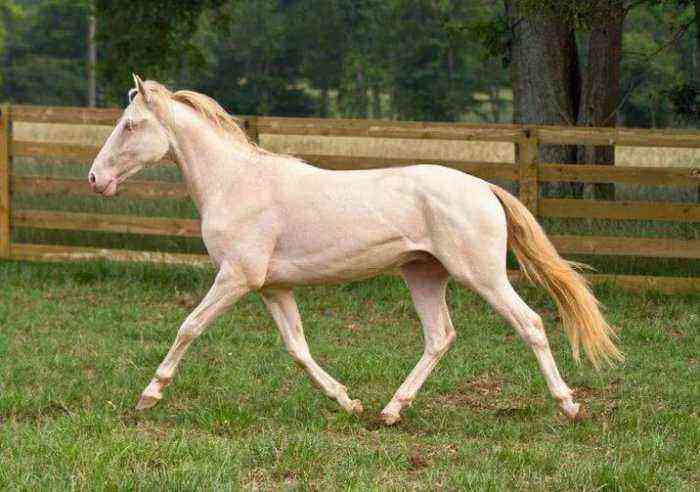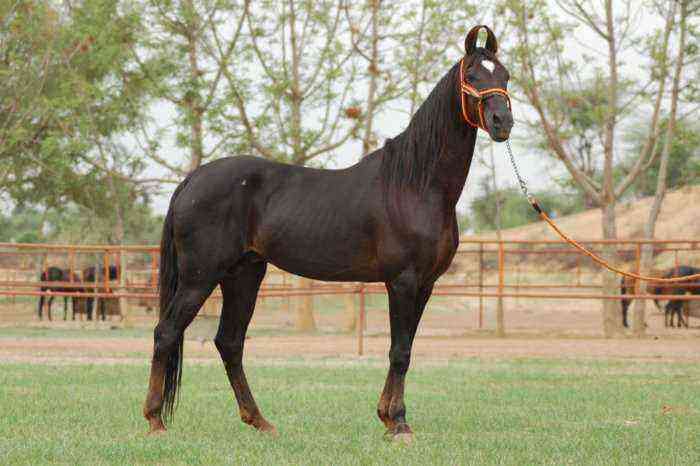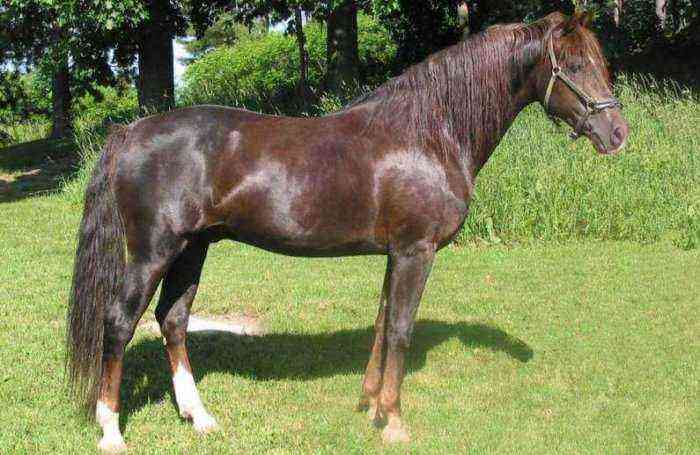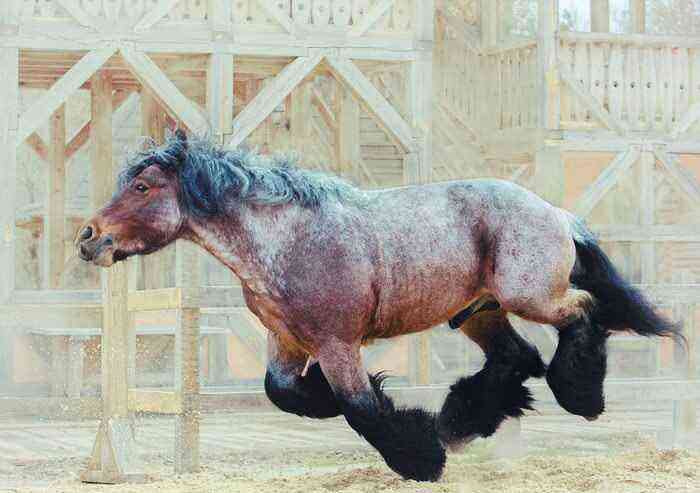The breed of horses destrie was bred in the Middle Ages, during the time of knightly battles. Now it is impossible to see these animals, but their descendants are of interest to connoisseurs. Initially, destrie were the result of crossing representatives of heavy-duty species. Judging by the records of contemporaries, horses were considered the standard of strength, power and vigor, which helped to use them in military campaigns.
Destrie horse breed
History
The first mention of destrie refers to the era of the great migration of peoples. The need to breed a heavy breed is due to the emergence of chivalry. Since the knights wore heavy armor and weapons that other horses could hardly stand, strong, hardy, tireless horses were indispensable. Destriers calmly endured inconvenience and significant physical exertion, maintaining their efficiency even on long trips.
The authors of stories and poems describing medieval battles devoted lines to these amazing animals. Huge, powerful war horses instilled fear in the opponents, coped with the onslaught of enemies, easily knocking riders out of the saddle and overturning foot soldiers. At the same time, the knights kept in the saddle without any problems.
However, it was not without drawbacks – due to the significant size and body weight, the destrie quickly got tired, could not jump high and perform complex maneuvers. Therefore, the outcome of the battle depended on the location – the animals showed the best results on land and in flat terrain. Another disadvantage was the slowness of the horses. Because of this property, the army, consisting of cavalry, suffered serious defeats and lost the chance to escape from the enemy due to the inability of the destrie to develop the necessary speed.
But despite the negative moments, in battles, animals showed courage and confidence. It is noteworthy that the destrie never lowered their ears, thereby expressing a constant readiness for an attack. They easily dragged heavy carts loaded with provisions and knightly uniforms, demonstrated unpretentiousness to external conditions, maintenance and diet. However, even knowing the undemandingness of the destrie, the owners were kind to their pets, because the life of the rider directly depended on the health and “mood” of the horse. Enraged, angry animals could easily cripple the owner.
Description of the breed and its features
Exterior
The following external features are characteristic of the destrie of the Middle Ages:
- High growth – ranged from 180 to 200 cm.
- An impressive body weight – from 800 kg to 1 ton.
- A variety of colors – there were individuals of brown, bay, black, red color.
- Uniform color of limbs.
- Sometimes – spots on the trunk, muzzle, neck.
- Powerful, massive body, strong legs with distinct muscles.
- The hind limbs are more developed and stronger than the front ones.
Reference. War horses were always shorn short, leaving only the mane intact. This provided the rider with additional security – in the event of a fall, the rider could grab onto the long hair and stay in the saddle.
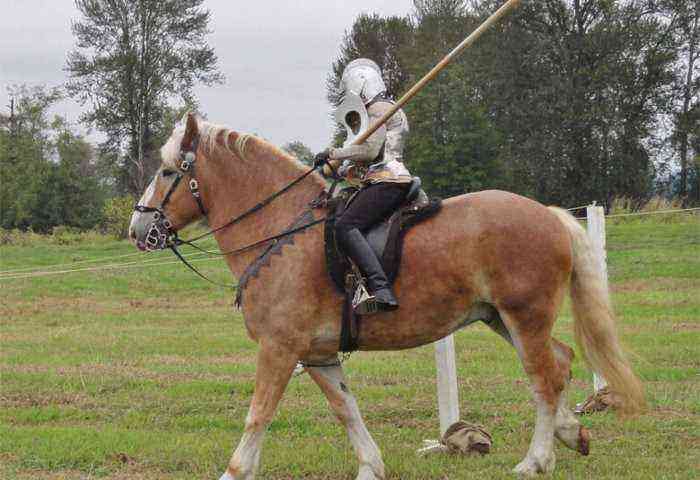
Destruction
Character
The harsh conditions of detention were reflected in the nature of the animals. Horses of the Destrie breed were distinguished by their obstinate, proud disposition. In a furious state, it was not possible to calm them down – the animals destroyed everything in their path. However, with the right approach and benevolent attitude, the horses showed complaisance, expressing trust and disposition towards the owner. Like all animals, they did not tolerate the use of brute physical force, and left unattended for a long time, they became wild and unbridled.
Modern descendants
Given the shortcomings of the breed, over time, destrie began to cross with other types of horses, which led to the emergence of many heavy horses. These animals are bred only for personal use, since poor health does not allow them to be exploited in equestrian sports, industrial areas, etc. A common destrie problem is a high likelihood of heart disease, which is associated with high weight. Please note that horses grow slowly, so it is not advisable to start them for breeding purposes.
Breeding animals is a complex and responsible process that requires a lot of practical knowledge. An interesting fact is that only the positive qualities of the breed are transmitted to foals: strength, endurance, immunity to stress.
Caring for heavy-duty descendants of destrie differs little from keeping popular breeds. Animals need regular exercise and diet. Otherwise, horses instantly gain weight, which negatively affects the health and mobility of the joints. It is extremely important to create comfortable resting conditions for the destrie, as they get tired quickly. Timely passage of veterinary examinations will prolong the life of the pet and help prevent serious problems.
Important! Destriers are companion animals that need regular contact with humans and other domestic horses. Constant “communication” will help the pet adapt faster.
Thanks to cross-breeding experiments, the modern heavy draft breeds, bred from the destrie, differ significantly from their ancestors. Only impressive dimensions and a combination of external factors remain common. Due to the high cost and complexity of breeding, such animals are not in demand. You can find them only from experienced breeders who are interested in rare species of horses.

